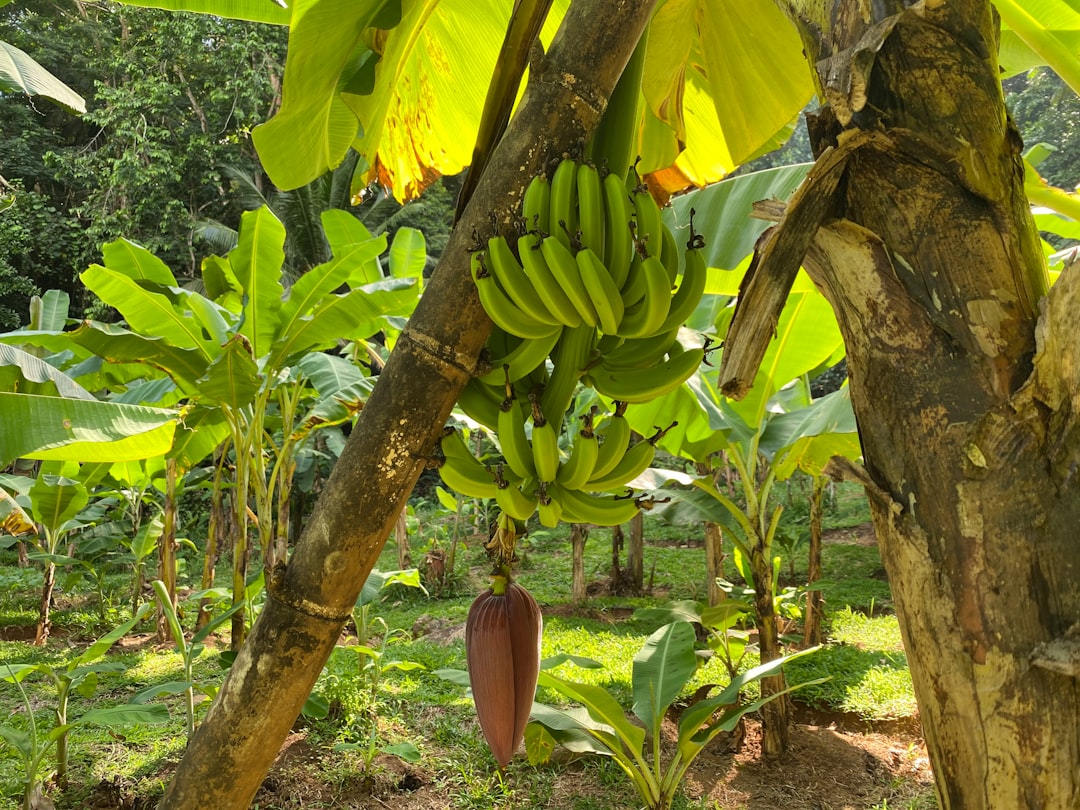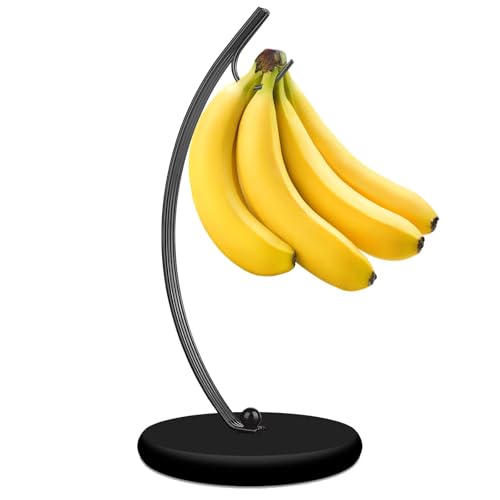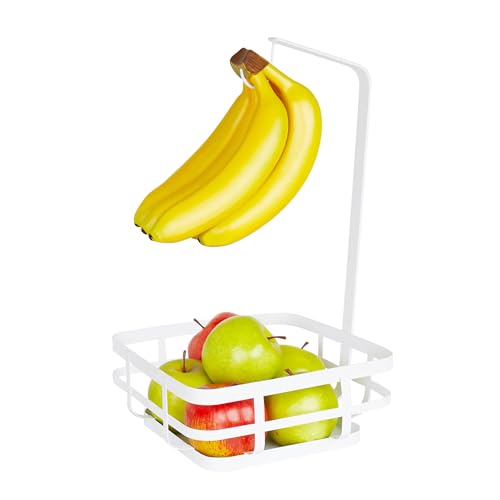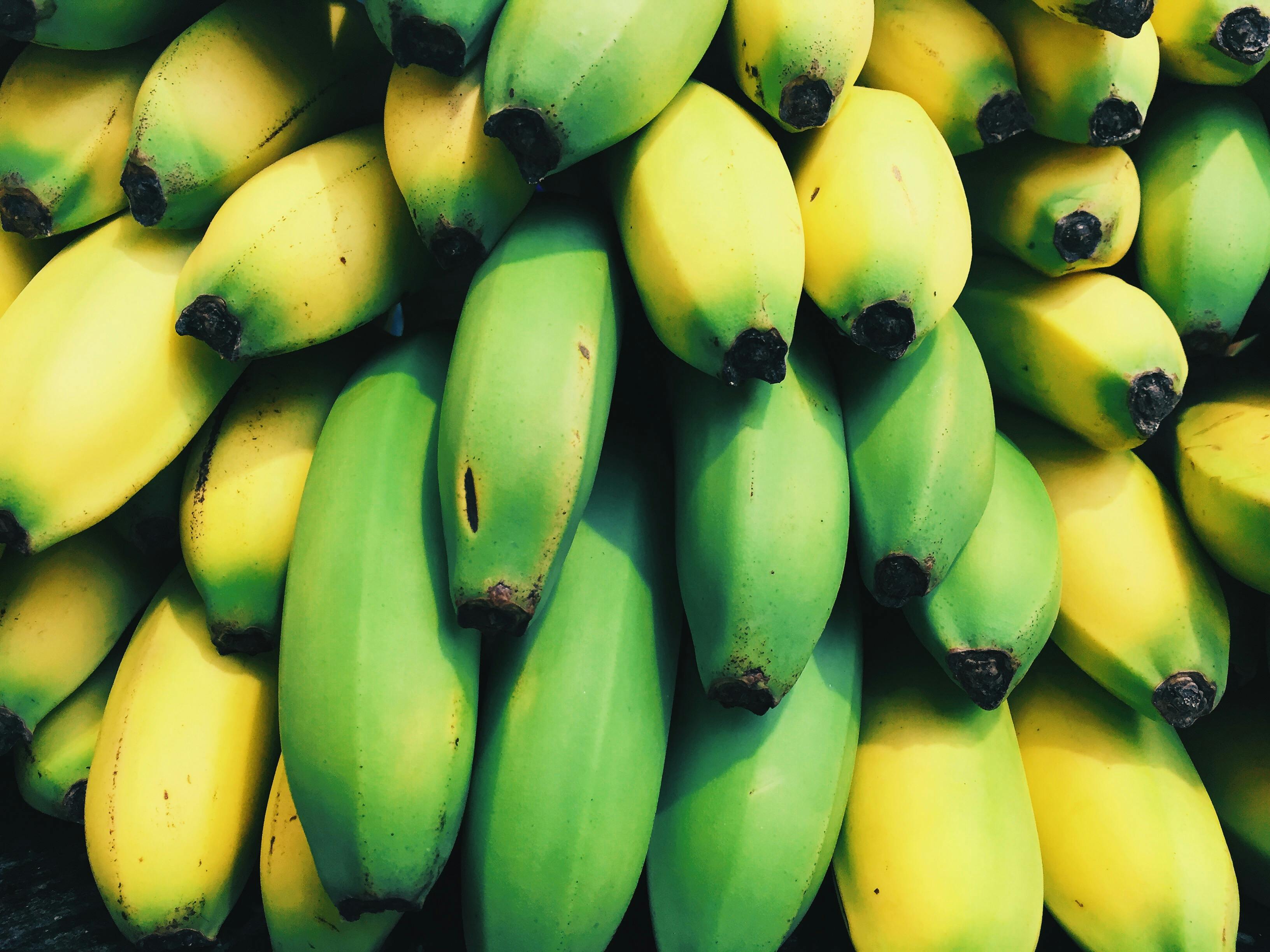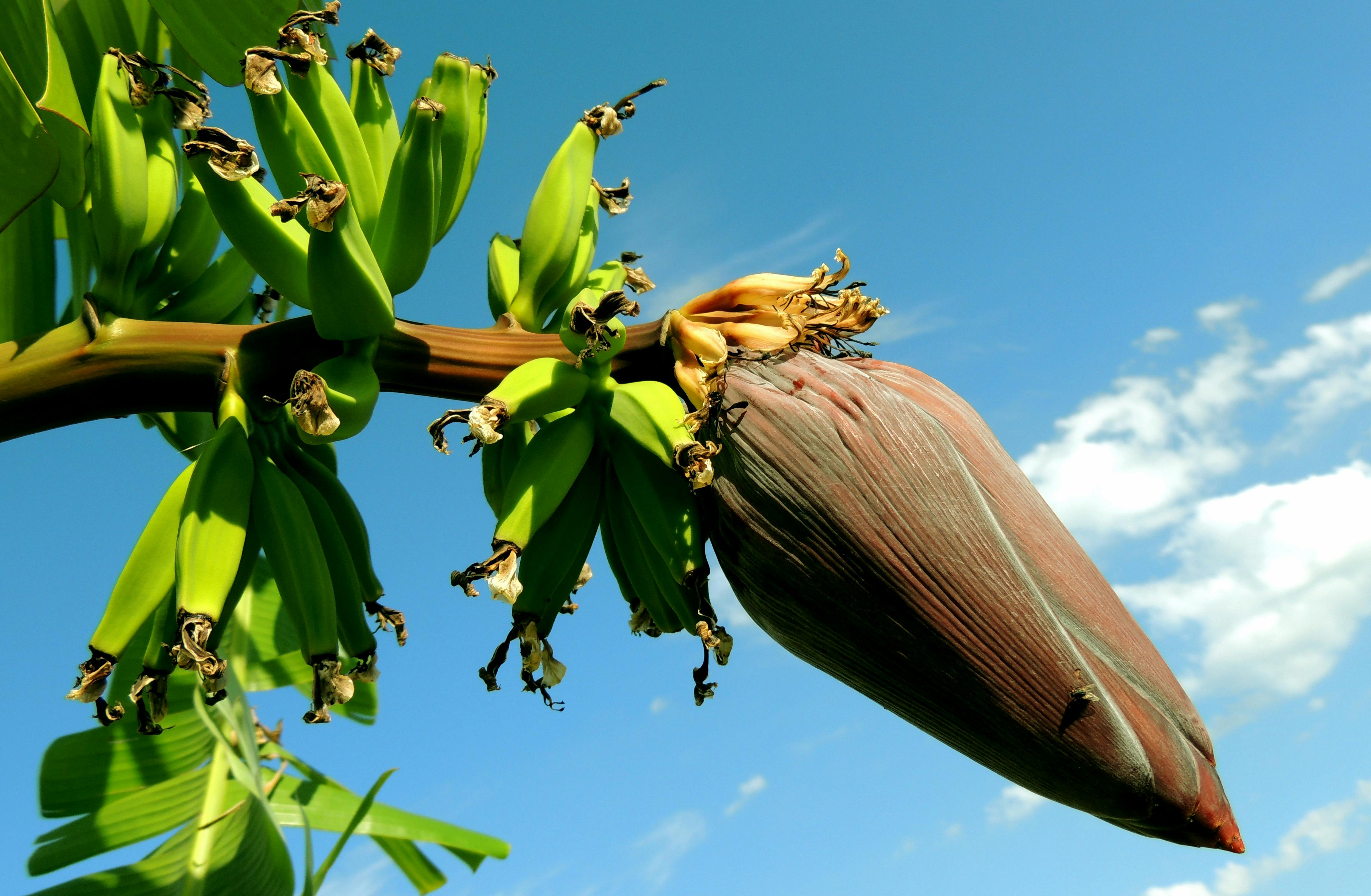Bananas are an essential dietary staple. But, they can be difficult to cultivate. When your beloved banana tree is broken, it can be a worrying time. But have no fear! You can fix a broken banana tree with just a few simple steps.
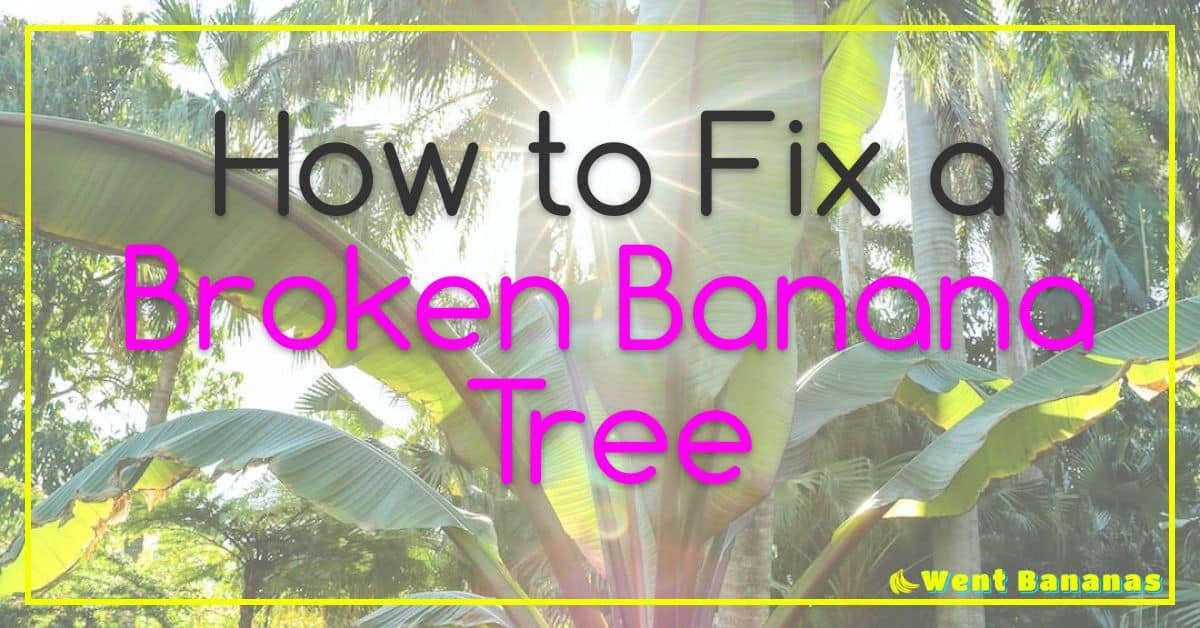
Follow along to discover the secrets for restoring your special banana tree to its former glory and begin enjoying bushels of fresh, delicious bananas once again. Come and read more about this easy-to-follow fix and worry no more!
Understanding the Symptoms of a Broken Banana Tree

The banana tree is an important agricultural commodity in many parts of the world. Unfortunately, like all plants, it can suffer from various diseases or ailments that can leave it weakened and eventually lead to its demise.
Understanding the symptoms of a broken banana tree is key to ensuring that timely action is taken to repair or revive it.
The most common signs of distress are yellowing leaves and stunted growth. These tell-tale signs indicate a deficiency in soil nutrients, water shortages, or insect infestations that can be damaging to the health of the tree if left untreated.
Additionally, smaller holes on leaves may suggest fungal infection while wilting branches and drooping fruit could point toward insect damage or root rot.
Early detection is essential for treating any broken banana tree; with regular irrigation and pest control measures as well as proper fertilization techniques, these problems can be easily fixed before they cause more serious issues such as dieback or death of the plant itself.
With vigilant observation and proper care, your banana tree will be back in good health before you know it!
Causes of a Broken Banana Tree
The causes of a broken banana tree can range from environmental factors to disease. In many cases, the root cause is difficult to identify and may require a professional inspection.
Environmental conditions such as drought, frost, excessive water, or wind damage can all cause a banana tree to break.
Additionally, diseases such as Fusarium wilt and Panama disease can weaken the structure of the tree, making it more susceptible to breaking in strong winds or when bearing heavy fruit. Insect infestations can also contribute to weakened trees.
In order to fix a broken banana tree, it is important that the underlying causes be identified first. If environmental conditions are causing stress on the plant then steps should be taken to improve soil quality and protect against extreme weather conditions.

If insects or diseases are present then appropriate treatments should be applied as soon as possible in order to improve the health and structural integrity of the plant before attempting repairs on the broken tree parts themselves.
Solutions for Fixing a Broken Banana Tree
Fixing a broken banana tree can be a challenging task, but with the right knowledge and techniques, it is possible to bring the tree back to full health. Fortunately, there are several solutions that can be employed to restore a broken banana tree.
The first step in fixing a broken banana tree is to inspect the damage and determine what caused it.
If the break was due to physical damage such as an animal or wind gusts, then pruning away any damaged leaves or branches will help reduce further stress on the plant. It may also be necessary to stake or tie up any weakened branches in order for them to heal properly.
If the problem was caused by disease or pests, then pesticides may need to be used in order to get rid of any infestations and prevent the further spread of infection. Additionally, soil testing should also take place so that proper nutrients and minerals can be added if needed.
Once these steps have been taken care of, replanting in fresh soil may help give roots more stability and encourage new growth from existing stems and buds.

« How to Get Rid of a Rotten Banana Smell
Can You Eat Bananas with Braces? »
Finally, regular monitoring should take place afterward so that any additional problems can be identified quickly before they become too severe for recovery.
With careful attention paid throughout this process, a broken banana tree has every chance of being restored back to its healthy self again!
Preventive Care Tips for Avoiding Future Damage to Your Banana Tree
To ensure that your banana tree stays healthy and productive, preventative care is key. By following a few simple steps, you can avoid future damage to your banana tree and protect it from harm. Here are some tips for preventing damage to your banana tree:
1. Water Regularly: Make sure the soil surrounding the roots of your banana tree remains moist at all times by watering it regularly. This will help keep the roots of your banana tree healthy and ensure adequate growth.
2. Keep Away Weeds: Weeds compete with the nutrients in the soil that are necessary for the optimal health of a banana tree, so keep them away as much as possible by either manually removing them or using an organic herbicide spray around its base to eliminate weeds before they take over.
3. Mulch Around Tree Base: Adding mulch around the base of your banana tree helps retain moisture in its soil and also helps suppress weed growth which can deprive it of vital nutrients from its root system.
4. Prune Dead Leaves & Branches: When pruning dead leaves and branches from a banana tree, be careful not to cut too deeply into living tissue as this may cause significant damage or even kill off part of a branch or entire sections of leaves if done incorrectly – Be sure to use sharp pruning shears when cutting away any dead material on the plant itself; dull blades may tear bark instead of making clean cuts which may cause more harm than good in terms of future damage prevention efforts.
How to Keep Your Banana Tree Healthy and Thriving
Taking proper care of a banana tree is essential for keeping it healthy and thriving. Proper watering, pruning, fertilizing, and pest control should be part of a regular maintenance routine to ensure that the plant remains healthy.
When problems arise, early detection is key in order to take corrective action quickly. With the right conditions and care, your banana tree will remain strong and productive for many years to come.

